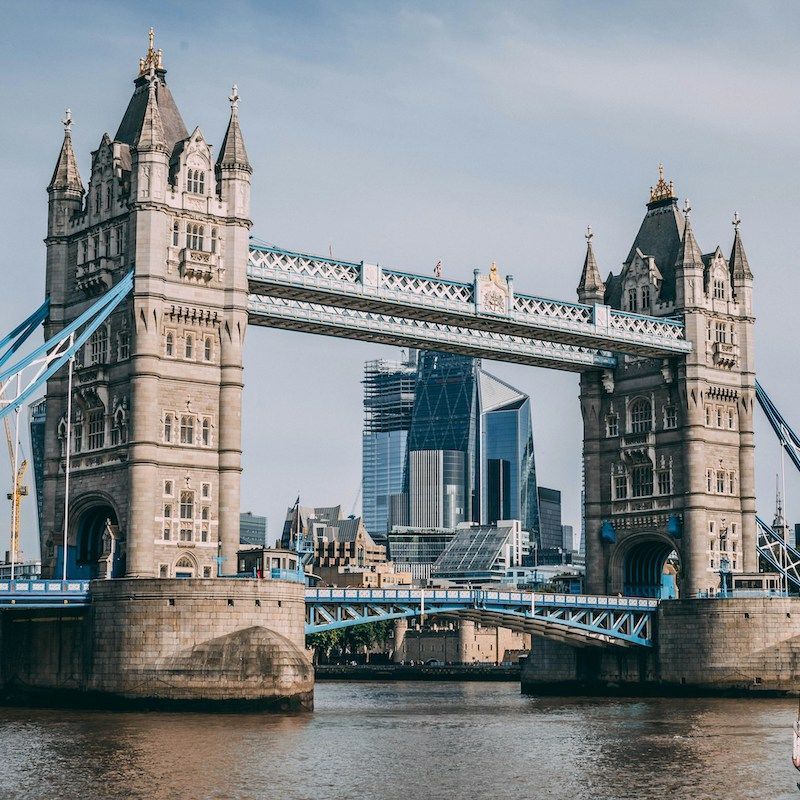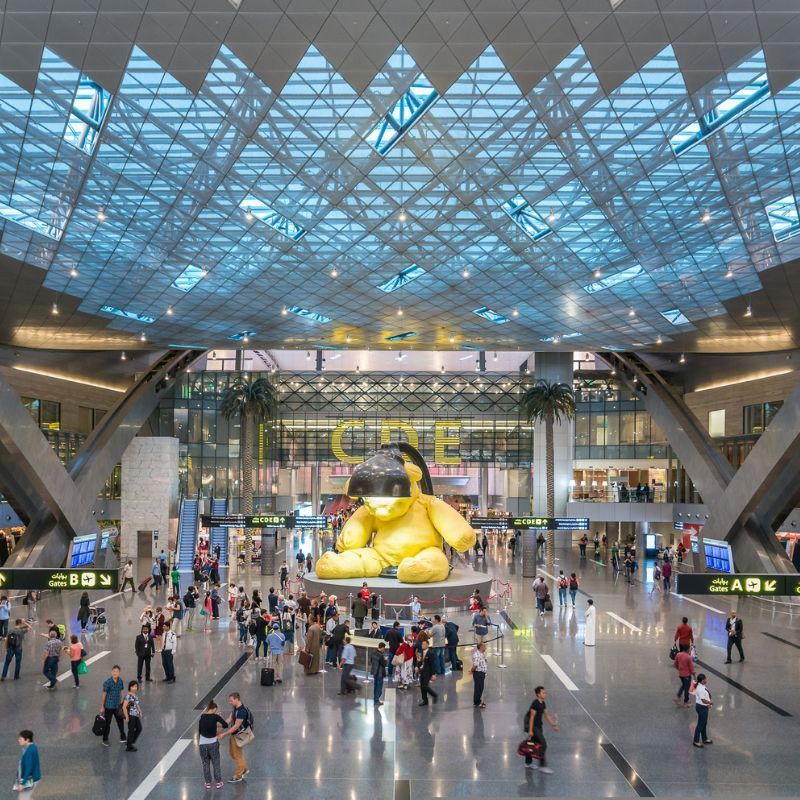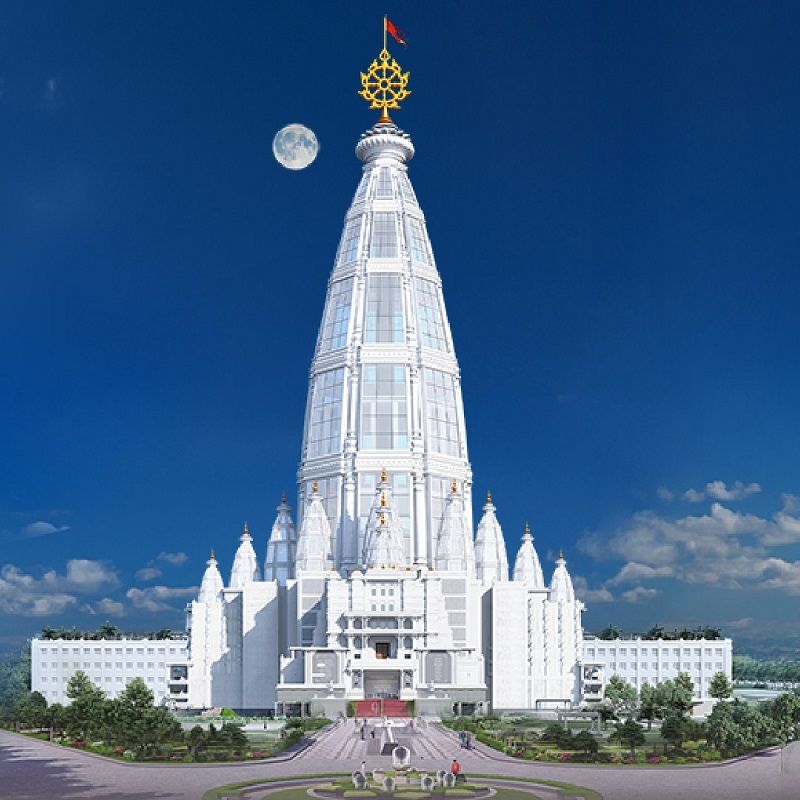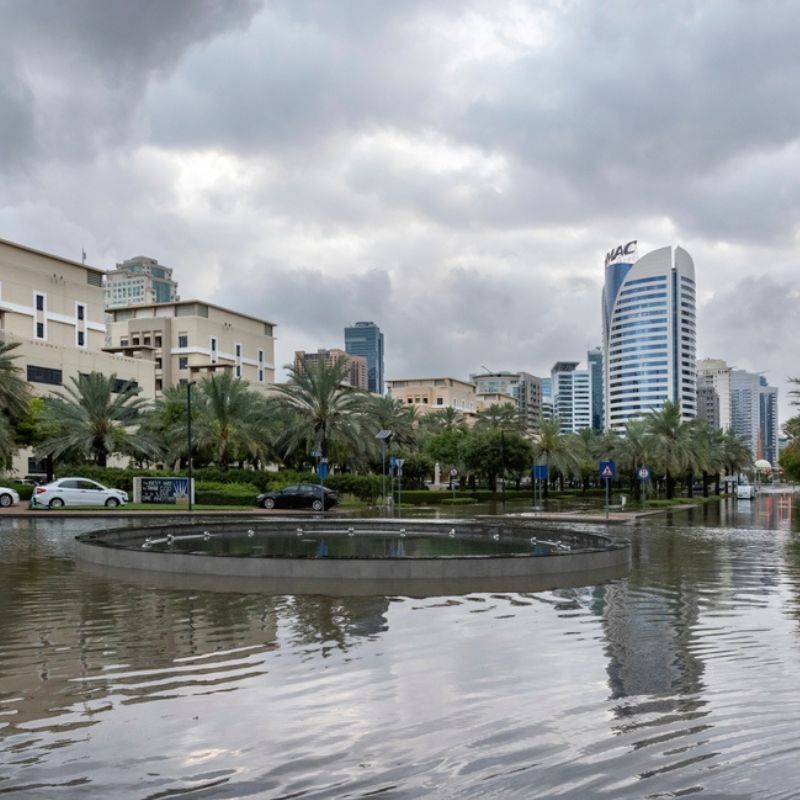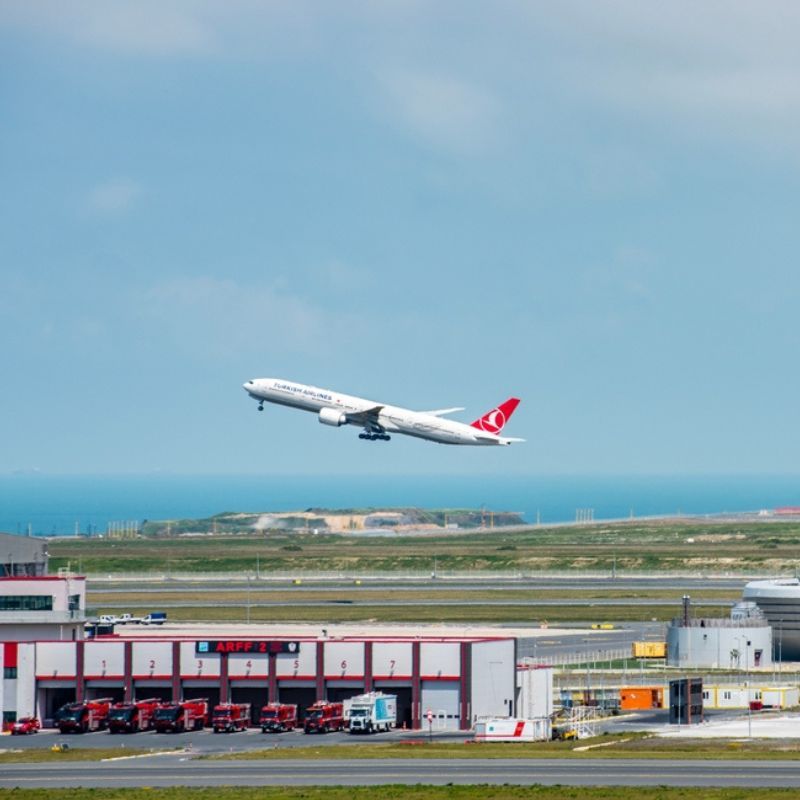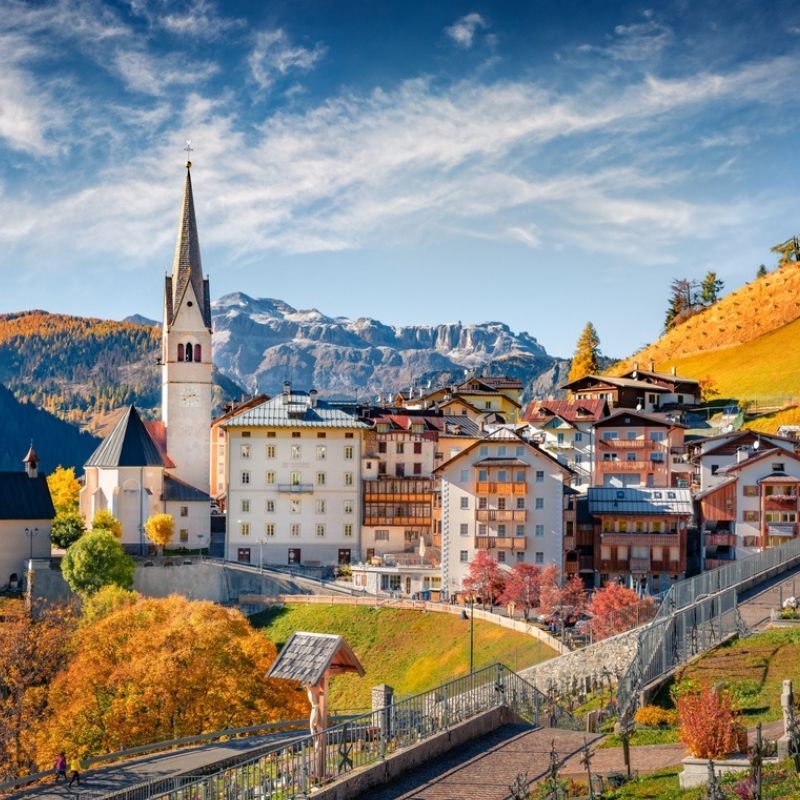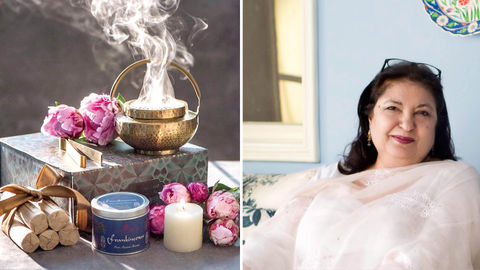
Long before the phrase ‘eco-lifestyle’ began making rounds in the industry, an indomitable Indian entrepreneur laid the groundwork for luxury, sustainability, and heritage to coexist under one roof. Anita Lal, founder and creative director of Good Earth, reveals how and why the lifestyle brand drove the point home nearly 25 years ago. By Adila Matra
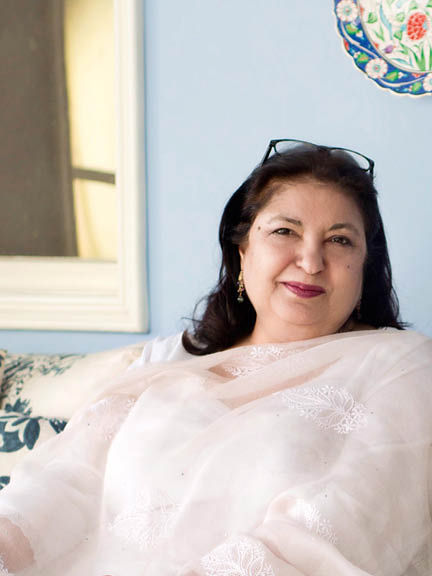
What made you start Good Earth?
I launched Good Earth almost 25 years ago in 1996, to celebrate the heritage of the Indian subcontinent through design and crafts. As a studio potter at the time, I wanted to bridge the gap between India’s village potters and urban consumers. Today, the brand has diversified into dining, apparel, decor, textile, and spa products.
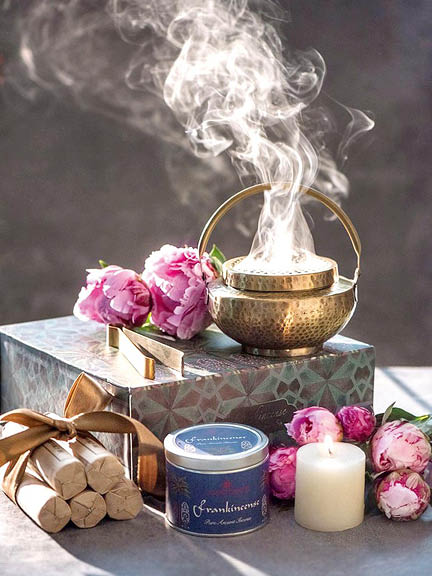
Sustainable luxury is one of your key traits. How does the brand advocate it?
Our brand philosophy of sustainable luxury is expressed through three guiding principles: sustaining traditions, livelihoods, and the planet. Cultural traditions keep us rooted and preserve local wisdom through the ages. For example, our signature dhuna censers celebrate the ancient tradition of purifying spaces through fragrant incense smoke. The importance of sustaining livelihoods of traditional artisans cannot be over-emphasised. An example of this is our Kansa collection, which we introduced nearly 20 years ago. It revived a tribal artisanal community in Odisha by creating long-term demand for the bell metal alloy recommended by Ayurveda. We practise sustainability through an environmental, cultural, and social perspective. We are now moving towards organic fabrics and azo-free as well as natural dyes. Our packaging is fully environment-friendly—with no bubble wraps or polystyrene involved.
Your brand was one of the first champions of ‘Vocal for Local’. Tell us about your efforts to engage with local artisans.
‘Vocal for Local’ is a catchphrase now, but we have been practising it for many years. We have been working and supporting organisations like Malkha that make pure cotton clothes directly from raw cotton grown by small-holder farmers. We also work on a regular basis with master weavers in Varanasi to design a unique brocade called gyasar. Another area we work extensively is in Bhuj, with its pivotal and time-honoured craft of ajrakh.
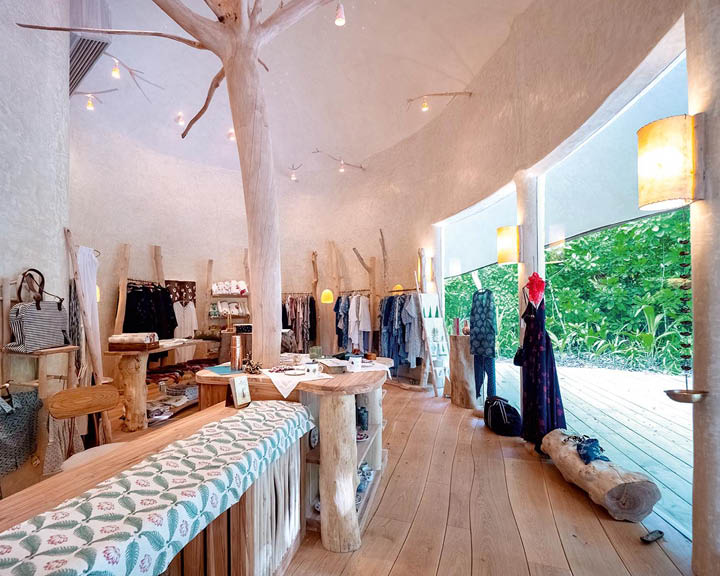
You must have travelled a lot for ideas and collaborations. Any experience that stands out?
The year 2018 is a memorable one for Good Earth, as that was when we collaborated with the luxury resort Soneva Fushi in the Maldives. The unreal shades of the ocean, the coral reefs, and the tropical vegetation on the island became an endless source of inspiration for the design team.
Can you tell us about the latest artwork series of Good Earth, called Lockdown Dreamscapes?
During the recent lockdown, all of us saw how nature thrived when humans stepped back. Good Earth’s design team imaginatively captured nature’s takeover of man-made monuments in a whimsical manner. Across four digitally rendered artworks, we pictured our favourite monuments being reclaimed by flora and fauna, including exotic wildlife species and mythical creatures. On numerous requests, we decided to translate the series into an exclusive folio of limited-edition art prints. The entire sales proceeds have been donated to the Wildlife Trust of India towards supporting the front-line forest staff.

What are your future plans for the brand?
The first half of 2021 will be about Revival—a retrospective of our designs, with reproductions of design classics across textiles, tableware, cushions, and decor that have stood the test of time. Our design collection for 2021 is based on the confluence of Asian and European cultures at the narrow Bosphorus strait that connects the two continents.
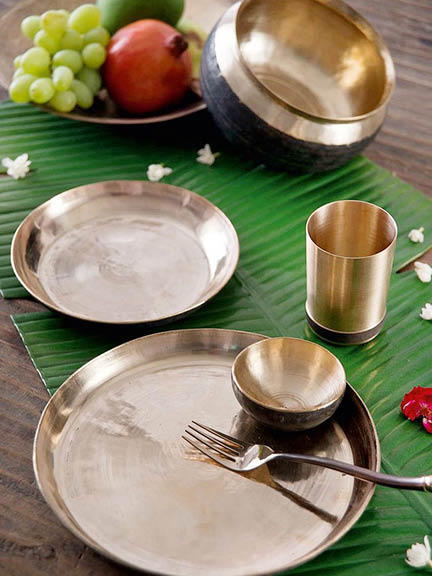
What are your bucket-list destinations?
Angkor Wat, the world’s largest Hindu and Buddhist temple complex, in Cambodia, is first on my list. Myanmar is another destination I would love to explore, for its gleaming stupas. I would love to visit Bali for its gentle culture and myriad temples, rituals, and beautiful crafts. Iran is a place I long to visit to experience the fabled garden cities of Isfahan and Shiraz. The Alhambra in Spain is yet another site that I could visit over and over again to revel in Moorish architecture— fountain courtyards studded with blue tiles and gardens with running water, fragrant jasmines, and rambling walkways.
Related: Ananya Ghosh, Founder Of An Eco-Travel Blog, Decodes The Future Of Conscious Travel In…




